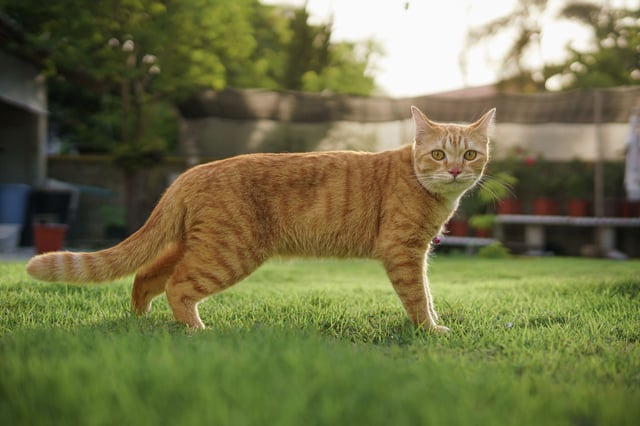Overview
- Researchers from Stanford and Kyushu University independently pinpointed a small deletion on the X chromosome as the cause of orange fur in domestic cats.
- The mutation increases ARHGAP36 gene activity specifically in pigment cells, shifting pigment production from brown-black eumelanin to yellow-red pheomelanin.
- This X-linked mutation explains why most orange cats are male and why female orange cats often display calico or tortoiseshell patterns due to random X chromosome inactivation.
- The ARHGAP36 gene’s role in pigmentation is a novel discovery, with no similar mechanism seen in other mammals, including big cats like tigers.
- While the mutation has no proven link to behavioral traits, researchers are exploring its potential regulatory effects and broader biological roles.



